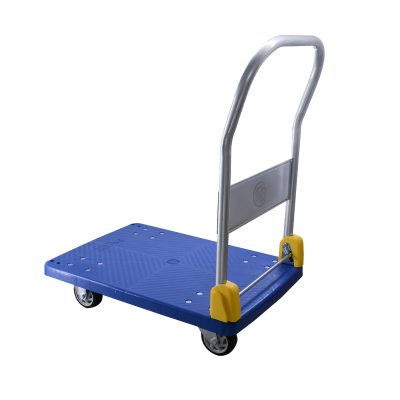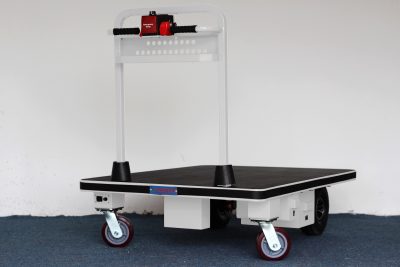Streamlining operations through the use of industrial trolleys offers numerous benefits that contribute to increased efficiency, reduced costs, improved safety, and enhanced overall productivity. Here are some key advantages:
- Improved Efficiency:
- Faster Material Movement: Trolleys enable the quick and efficient transport of materials, tools, and equipment from one point to another, reducing the time employees spend manually carrying items.
- Batch Handling: Trolleys allow for the movement of multiple items or products in a single trip, reducing the number of trips needed and minimizing downtime.
- Enhanced Productivity:
- Optimized Workflows: Trolleys support organized and streamlined workflows by providing designated spaces for materials and tools, reducing search and setup time.
- Reduced Manual Labor: Workers can focus on value-added tasks instead of spending time and energy on moving materials, leading to increased productivity.
- Cost Savings:
- Labor Efficiency: Trolleys reduce the need for excessive manual lifting and carrying, decreasing the risk of injuries and related healthcare costs.
- Time Savings: Faster material movement translates to quicker task completion, which in turn saves labor costs and increases output.
- Space Utilization:
- Effective Space Management: Trolleys help in utilizing vertical and horizontal space efficiently by providing dedicated storage for materials, reducing clutter, and optimizing storage capacity.
- Reduced Congestion: Well-organized trolley movement prevents congestion in workspaces, preventing delays and improving overall workspace utilization.
- Flexibility and Adaptability:
- Customization: Trolleys come in various sizes and configurations, making them adaptable to different tasks, industries, and environments.
- Dynamic Workflows: Trolleys can be easily repositioned or repurposed as workflows evolve, maintaining flexibility in operations.
- Inventory Management:
- Easy Material Tracking: Assigning specific trolleys for certain materials or tasks simplifies inventory management and ensures proper tracking of material usage.
- Reduced Overstock: Trolleys can be used for just-in-time delivery, reducing excess inventory and the associated carrying costs.
- Safety Enhancements:
- Reduced Injuries: Trolleys minimize the need for manual lifting and carrying, lowering the risk of musculoskeletal injuries among workers.
- Stability and Control: Industrial trolleys are often equipped with safety features such as brakes, anti-tip mechanisms, and secure handles to prevent accidents.
- Lean Manufacturing and Waste Reduction:
- Minimized Motion Waste: Trolleys help eliminate unnecessary motion and transport, aligning with lean principles and reducing wasteful activities.
- Space Optimization: Proper trolley use ensures materials are stored and transported efficiently, minimizing wasted storage space.
- Collaboration and Communication:
- Improved Communication: Trolleys can be labeled or color-coded for specific tasks, enabling easy communication among teams about material movement and needs.
- Cross-Functional Benefits: Shared trolley use can encourage collaboration among different departments, leading to innovation and process improvements.
- Sustainability Considerations:
- Reduced Energy Consumption: Consolidating material movement onto trolleys can reduce the need for motorized equipment, saving energy and reducing carbon emissions.
- Longevity: Well-maintained trolleys have a longer lifespan than disposable alternatives, reducing waste.
Incorporating industrial trolleys into your operations is an investment that can lead to significant operational improvements, including increased efficiency, productivity, and safety, while also contributing to a more organized and streamlined work environment.



















